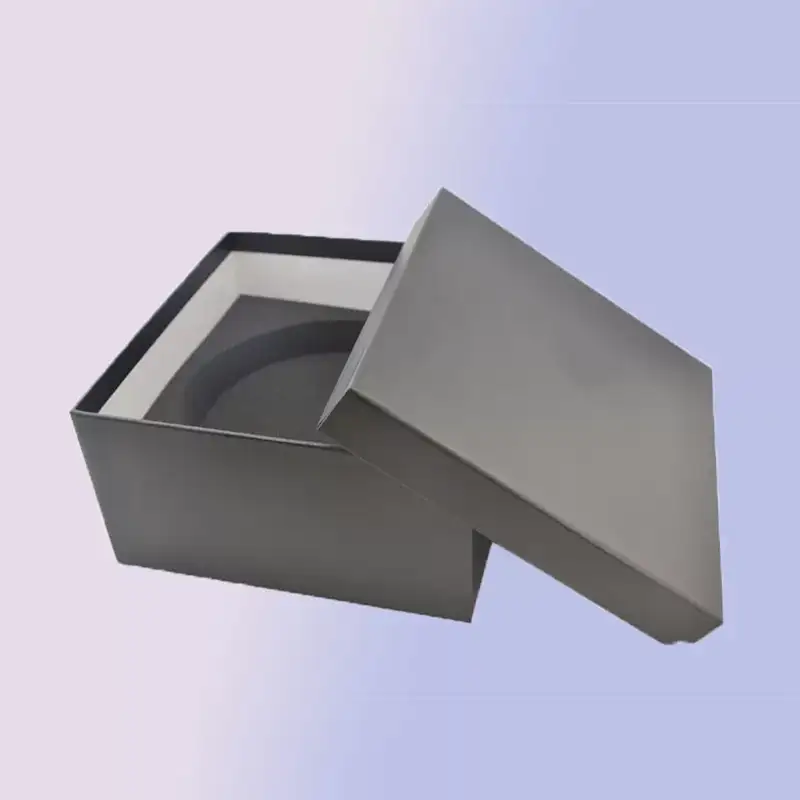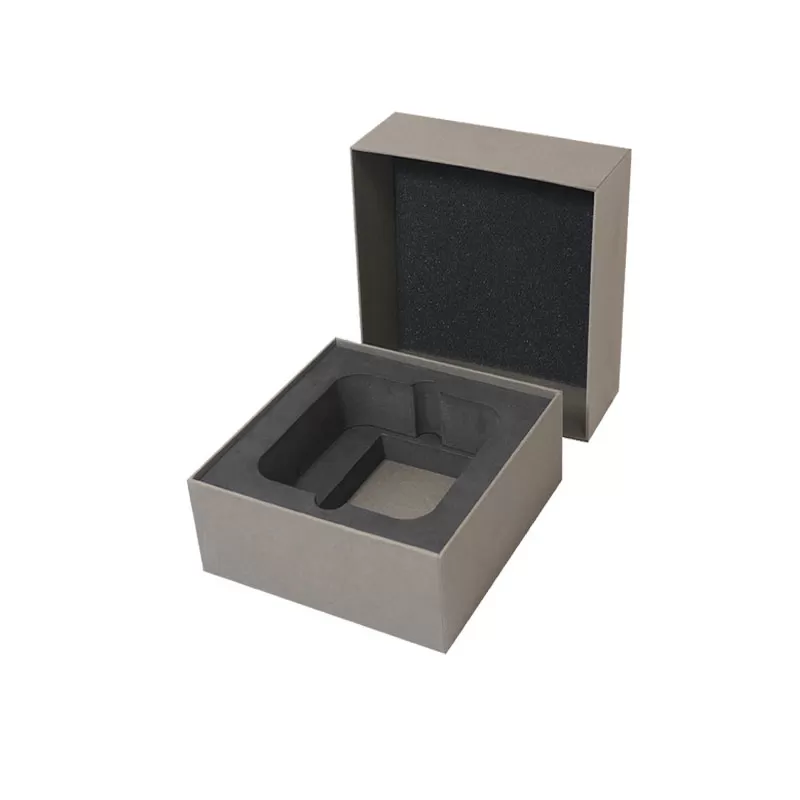Deconstructing EVA-Lined Rigid Paper Boxes: Industrial Practice from Material Science to Packaging Aesthetics
Amidst the transformation and upgrading of the packaging industry, EVA-lined rigid paper boxes are quietly redefining product protection standards. This composite structure—combining high-density EVA cushioning with finely crafted paperboard—resolves the traditional trade-off between shock resistance and visual appeal. Through precision-engineered customization, it directly addresses the stringent transportation demands of the e-commerce era. From delicate electronics to fragile crafts, cold chain foods to premium cosmetics, this packaging form achieves quantifiable gains in protection through material science innovation while advancing green packaging through the use of biodegradable materials. This evolution reflects a deeper industrial shift toward optimizing value across the entire product lifecycle.
What Are EVA-Lined Rigid Paper Boxes?
1. In simple terms, it's a paper box with a "custom-fitted protective cushion" inside.
- EVA Material: A soft, shock-absorbing material similar to athletic shoe soles—effective in impact resistance and vibration dampening.
- Paperboard Shell: 3-5 layers of rigid paperboard to ensure structural strength and shape retention.
- Combined Advantages: Visual elegance of a paper box with the protective functionality of foam padding.
2. Material Evolution: Why Has EVA Become the New Favorite in Packaging?
1. Comparison of Traditional Packaging Materials
| Material |
Shock Resistance |
Print Compatibility |
Environmental Score |
Cost (RMB/m²) |
| EPE Foam |
★★☆ |
Non-printable |
★★☆ |
3.5–4.2 |
| Expanded Foam |
★★★ |
Basic print only |
★ |
2.8–3.5 |
| EVA |
★★★★ |
High-resolution print |
★★★☆ |
4.5–6.8 |
| Honeycomb Board |
★★☆ |
Printable |
★★★★ |
5.2–7.0 |
2. Performance Breakthroughs
- Compression Recovery Test: ≥92% shape recovery after 24 hours under 50kg load (vs. 78% for conventional foam)
- Temperature Stability: Maintains structural integrity between -20°C and 80°C (standard foam softens at 60°C)
3. Advanced Lamination Process
Five-layer composite structure:
- Food-grade coated white cardboard (300g)
- Corrugated EVA layer (8mm)
- Tear-resistant liner paper
- Custom-printed layer
- Waterproof lamination finish
Industry Case Studies
1. Cosmetics Industry Application
Client: A global skincare brand
- Challenge: 12% breakage rate for glass bottles during shipping
- Solution:
- 3D scanning for custom-molded EVA cavities
- Anti-microbial coating (99.2% bacteria inhibition)
- Optimized tactile surface (friction coefficient: 0.35)
- Result: Breakage rate reduced to 0.05%, unboxing experience rating increased by 37%
2. Smart Hardware Protection
TWS Earbuds Packaging Specs:
- Anti-static level: Surface resistance 10⁹Ω
- Drop test: 26 drops from 1.5m with no damage
- Moisture resistance: Maintains form after 30 days at 95% RH
3. Food Packaging Innovation
- Safety Certification: Dual compliance with FDA and GB 4806.7
- Freshness Test: Mooncakes stored at 30°C for 7 days showed 63% less oil seepage
- Sustainability: Cornstarch-modified EVA material shortens degradation cycle to 3 years
Consumer Behavior Insights
1. End-User Survey Highlights
- 72% of consumers believe packaging quality affects brand trust
- Unboxing video campaigns increase product searches by 230%
- 45% higher repurchase rate for reusable packaging
2. Brand Value Equation
(Protective Function × 1.3) + (Visual Appeal × 0.9) + (Eco Attributes × 1.1) = Brand Premium Index
Conclusion
The technical advancement of EVA-lined rigid paper boxes represents a shift from packaging as a "passive container" to an "active value carrier." By integrating precision die-cutting and sustainable materials, this packaging not only ensures product safety across logistics networks but also strengthens brand perception through visual and tactile engagement. Industry data shows an average 85% reduction in transit damage and a 60% increase in consumers’ willingness to reuse the packaging. As smart sensors and bio-based materials continue to evolve, packaging will become an intelligent medium that links production, logistics, and consumption—amplifying the potential of the entire value chain.




 We like to do design according to all the customers' requirements, or offer them our new designs. With strong OEM/ODM capabilities, we can fill your sourcing demands.
We like to do design according to all the customers' requirements, or offer them our new designs. With strong OEM/ODM capabilities, we can fill your sourcing demands.